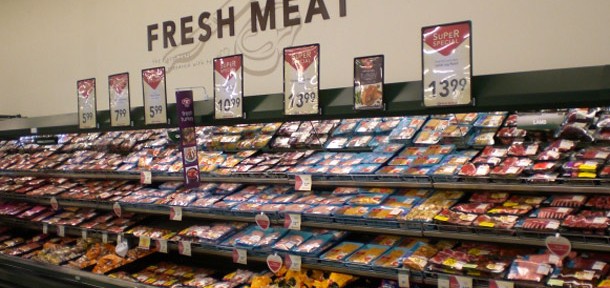-
Children’s Christmas Party
This weekend I took the kids to the company children’s party. It was held at a local YMCA and was a big hit with the little guests. But through my conscious consumer glasses, I could see many missed opportunities for being kind to the planet. Plastic plates, cups, and straws. A sushi platter…where the platter itself…
-
Meat without plastic

The Problem One of my biggest stumbling blocks has been how to buy meat without plastic. Sausages, chops, steak..you name it, it comes wrapped the same way in every supermarket in the country. Whole chickens only come in plastic bags. Fresh fish over the counter? At New Word they offer a one-size fits all paper/plastic/foil laminate bag which…
-
Recycling soft plastics at the supermarket!

I discovered something very exciting this weekend: my local supermarket, New World) is now offering a service that enables customer to recycle their soft plastics. What are soft plastics? Essentially any plastic bag or plastic wrap, any plastic that you can scrunch up into a ball in your hand. Examples include: Bread bags Cereal bags…
-
Homemade pasta

Today’s packaging-saving effort was making my own pasta. As a family, we eat our fair share of pasta. Dried pasta is quick, easy and relatively affordable. Of course, it inevitably comes in plastic packaging, and that is the issue. I would be very happy to buy dried pasta in bulk if I was able to, but…